Agile Project Management at Grata Software
Here at Grata, our daily routines tend to change from day to day. However, depending on our primary role, there are similarities in what we do daily.
Some processes are followed when managing an Agile project to keep projects on track. Below is a top-level example of a workday for those who manage Agile projects in a small business setting where we may need to wear multiple hats. Remember that some of these responsibilities will merge with other roles and may not follow the traditional “day in the life” experienced in larger corporations or companies.
Beginning of Day
The first thing is first. Some of us may need a cup of coffee, while others may have their way to ease into the workday. Once that requirement is met, we can dive into our emails and check on new messages. Like our work, we will prioritize emails to respond to urgent ones first and those with less urgency later. This method will be the same for any voicemails and phone calls.
Next, we will open our to-do list for the day along with our project management software to keep them updated and review upcoming work.
During the day, there may be multiple meetings with co-workers and clients and standups for various projects. The standup meetings are held with the team to address what was accomplished the day before, what will be done for the day, any obstacles preventing progress, and getting clear updates that can be communicated back to stakeholders.
After the standups, it is the manager’s job to focus on addressing any existing issues brought forward in the standup. As well as to have them resolved before the next meeting.
This could involve contacting clients to get requirements or other specifics for the team has work, scheduling meetings or follow-ups to get approval/feedback on work, helping product owners prioritize the workload given to the team, and more. Sometimes, the manager may be required to work directly with the development teams to clarify any specifics related to their work.
End of Day
The manager’s Other essential steps during the day include adding updates for the team on their boards. Their boards handle their work tasks and follow up with the team on these tasks. The manager may also be involved with the team when it comes to creating and delegating new tasks that need to be done for various projects if the company is small and doesn’t have the resources to handle this responsibility, such as a scrum master or product owner.
In this regard, the entire team is still involved in the sprint planning process, not just the manager. If there is a bit of downtime, the manager can use this time to read applicable business articles. Also, they can continue learning by taking a few relevant online courses.
Before the manager leaves for the day, the next day’s action items will be set up on a to-do list. The other option is that they are reviewed and prioritized if they were planned.

